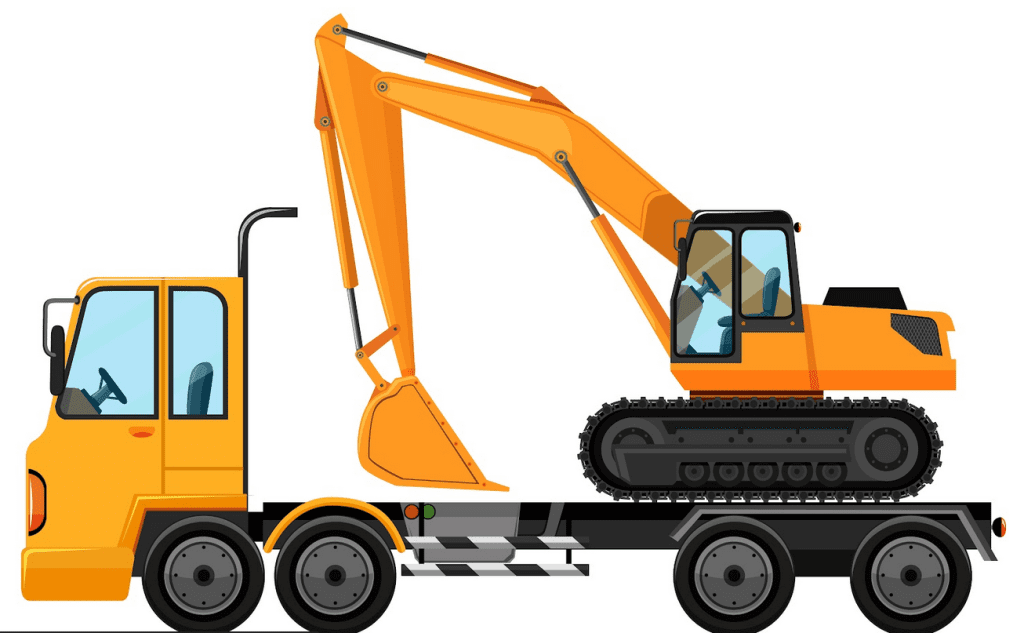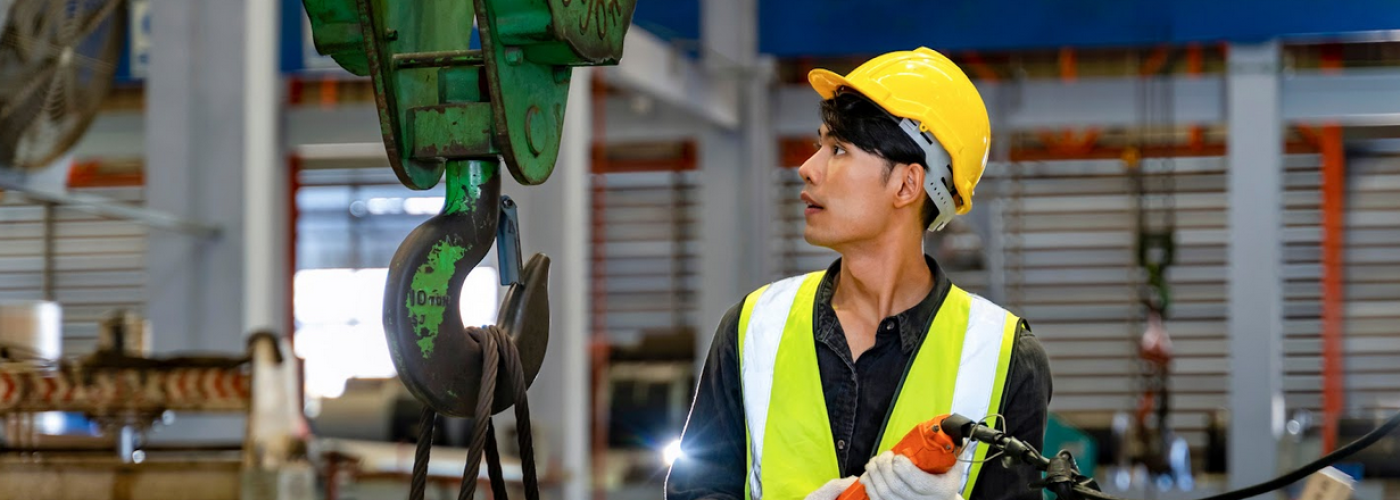Shipping heavy industrial machinery requires careful preparation and attention to detail to avoid damaging expensive assets. While you can simply pack smaller components, protecting entire mills, lathes, or presses during long-distance transport poses unique challenges. Choosing appropriate crating and restraints, securing loose parts, meeting varied regulations, and properly balancing awkward loads all come into play.
This guide covers key considerations when preparing machinery and equipment for safe passage by truck, rail, or sea. Following these best practices for cleaning, dismantling, packing, and loading machinery streamlines the process and minimizes headaches down the road. By taking the time upfront to prepare the machines, companies can feel confident sending their valuable investments across towns, borders, and oceans intact. Here’s how:
1. Pre-shipping preparation
Proper cleaning, maintenance, and repair of machinery well before shipping are some of the best machinery crating shipping practices. All equipment should be confirmed in good working condition, with exterior surfaces cleared of debris, leaks patched, fluids topped off, and any worn parts replaced. Photos should document the pre-ship condition in case later disputes arise.
Equally important is disassembling components safely and securing all loose elements. Detach and wrap accessory parts like hoses and wires, while larger sections may need partial dismantling if their size poses transport issues. Label all pieces clearly for reassembly. Secure doors, panels, and moving parts that could shake loose through vibration during transit.
2. Choosing the right packaging and crating
The specifics of packaging machinery for shipping depend on weight, shape, fragility, and value. While smaller parts may wrap adequately in bubble wrap and sturdy boxes, major equipment sections often require custom wooden crates with bracing for structural integrity through the journey. Waterproof and puncture-resistant buffers should surround the machinery itself. When considering the transportation of heavy industrial machinery, it’s equally essential to explore packaging solutions and services that specialize in distinct areas of freight shipping. For example, reputable providers offering travel trailer shipping services can efficiently handle unique requirements and logistical challenges associated with moving such valuable assets across long distances.
Don’t overlook immobilizing machine parts against unwanted movement. Parts touching walls or other components risk abrasion damage or broken elements if shifting occurs because of road vibration or handling. Anchor pieces securely to prevent tipping or collisions. Shock-absorbent padding between the machinery and crate provides essential protection, too.
3. Logistical considerations
The mode chosen for transport—whether truck, rail, sea, or air—influences steps like hazardous goods paperwork, route planning for oversized loads, and arrival coordination. Optimal crating also varies based on expected road conditions, salt air exposure, theft risks, and handling processes between modes.
Regulations, taxes, duties, and cargo insurance rules also differ by destination. For international machinery deliveries, use an established freight forwarder to ensure customs forms and compliance issues like fumigation certificates and phytosanitary paperwork run smoothly. Receiving-end requirements factor hugely in success.
4. Loading and securing machinery for transport
Machinery should be loaded into transport vehicles leaning only on structural framing strong enough for its weight. Pieces slide commonly when angled inadequately.Place labels like side up, fragile handling signs, and “this way up” arrows clearly on the packaging. Secure specialty hardware connecting cargo like chains, straps, and anchors according to regulations.
Inside sea containers, add desiccant packs to control condensation and strap down machinery tightly on all sides. Improper cargo balance risks the trailer tipping or makes the shiploads unstable. Before vehicle doors seal, confirm crates won’t shift in transit by trying to tilt or shake them. Verify door locks and seals are fully engaged as the last step.
5. Working with shipping and logistics professionals
Choosing a reliable logistics partner proves critical when preparing expensive machinery for shipping. Choose an experienced company specializing in heavy equipment transport rather than general freight movers. Check credentials like Better Business Bureau ratings, safety violations, on-time metrics, and scanning compliance.
Ask for client references and confirm the carrier has handled similar cargo previously without incident. Established machinery movers bring expertise in securing loads, meeting complex regulations, and handling weight distribution—skills invaluable in preventing damage.
Clear communication makes for the smoothest machinery transport process. Provide accurate weight, dimensions, photographs, center of gravity, special handling needs, and tie-down points well in advance to aid planning. Discuss potential dismantling, ideal load configurations, and packaging solutions openly with logistics staff.
6. Final checklist and pre-shipping inspection
The most common errors in shipping machinery occur during the final loading stages. Develop a checklist to avoid overlooked preparation details like verifying packing labels, checking lashings, or documenting preexisting defects on crates. Review any special client requirements, too.
After loading the transport vehicle, inspect machinery one last time from all sides, looking for new scrapes suggesting improper storage or signs anchors came loose like leaning crates. If you see issues that could worsen in transit, fix them immediately. For large machinery, having another person double-check positions and restraints provides extra assurance that everything is secured safely.
Conclusion
With advance planning and attention to detail, you’ll have full confidence in sending your equipment across state lines or oceans. Protecting your machinery investment requires effort and oversight, but the payoff is safe arrival ready for many years of service. By following these key preparation steps, both large and small companies can save substantial hassle, heartache, and expense when shipping heavy equipment.






